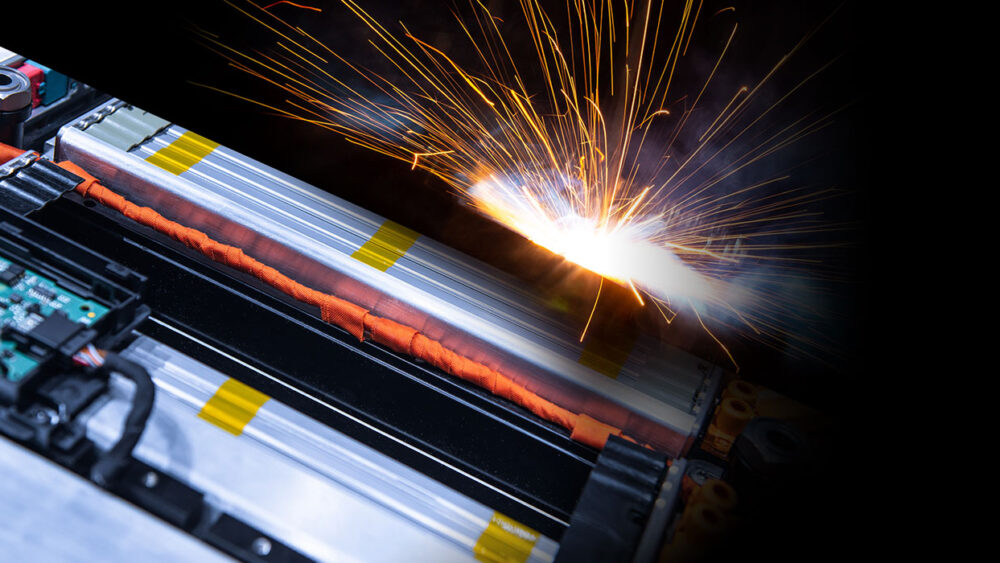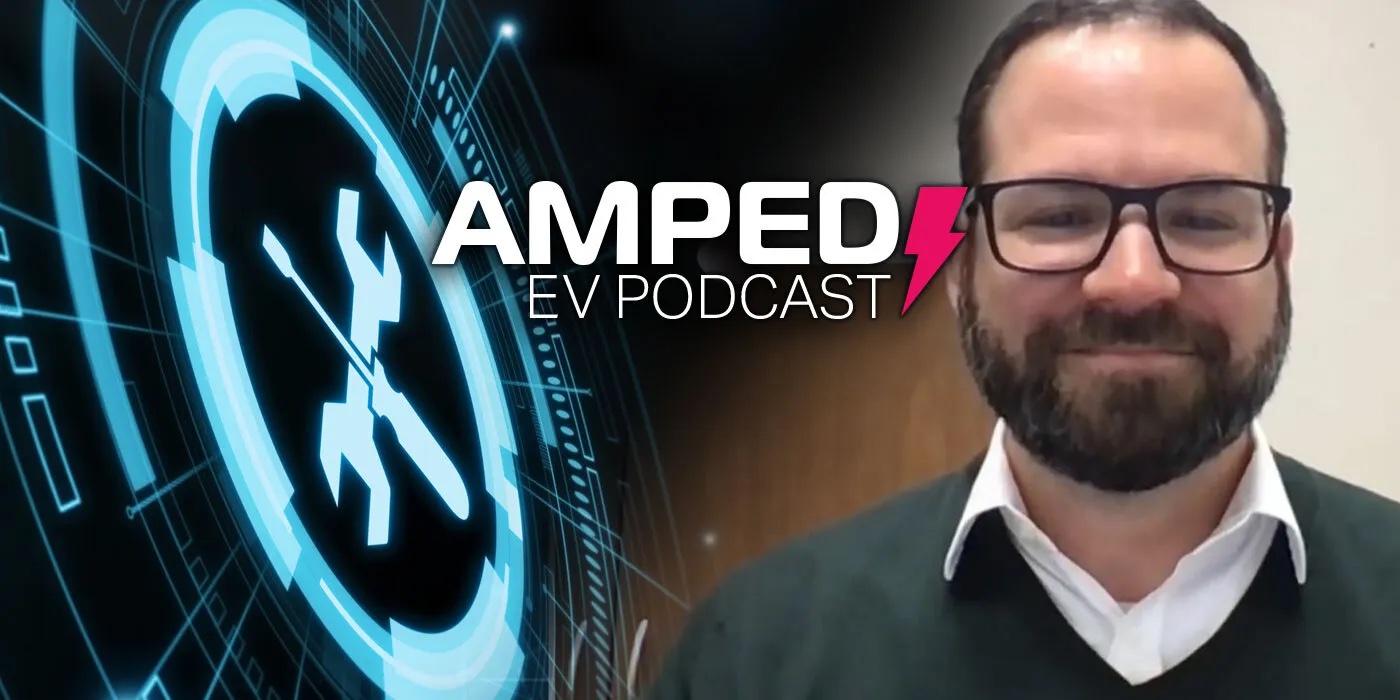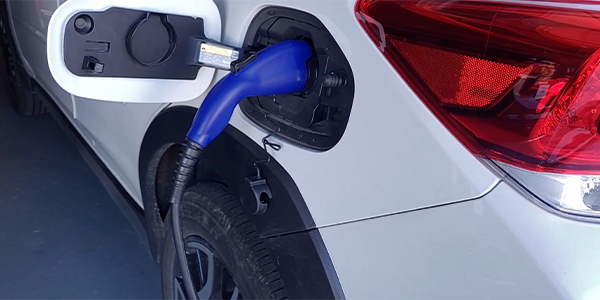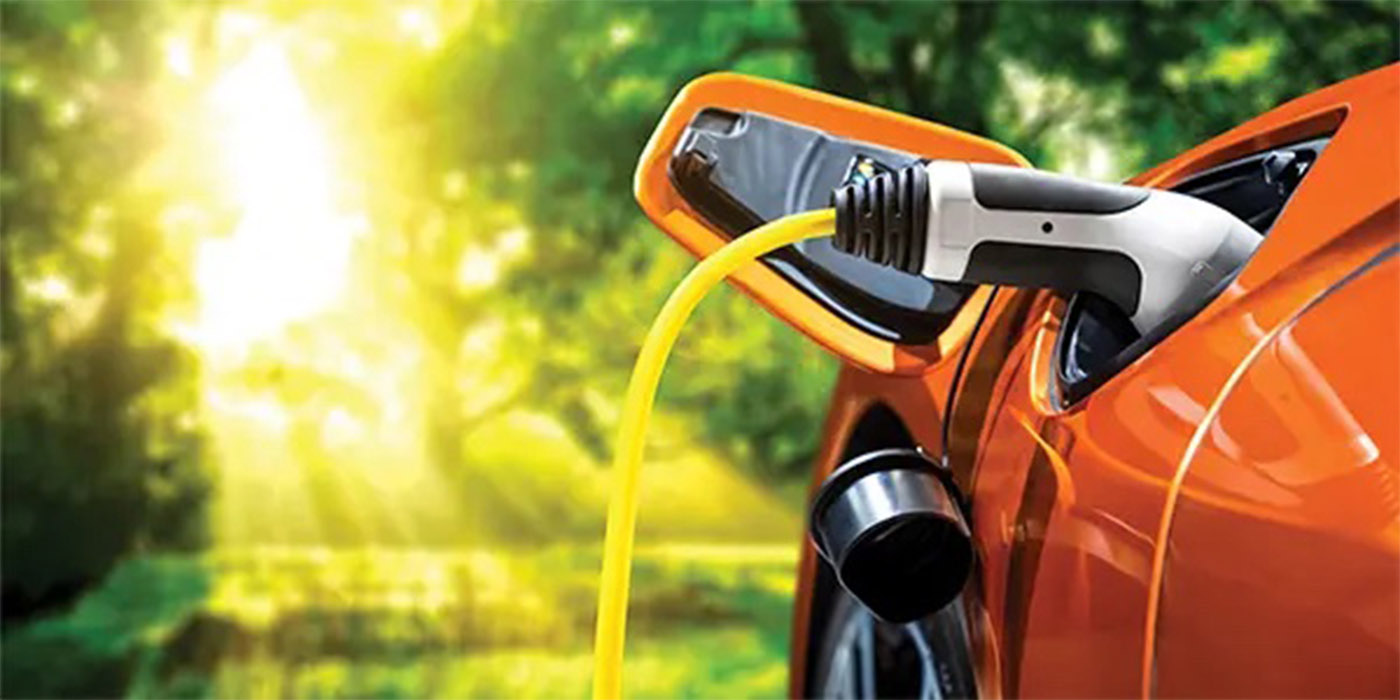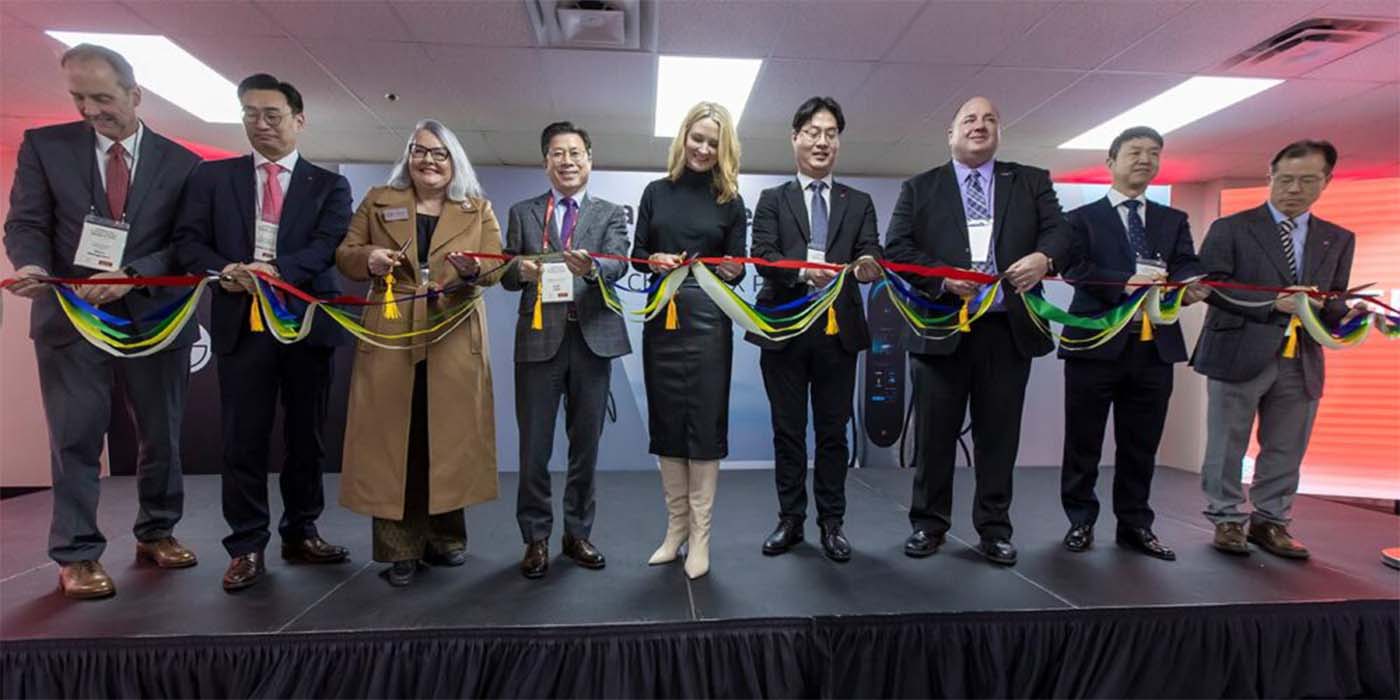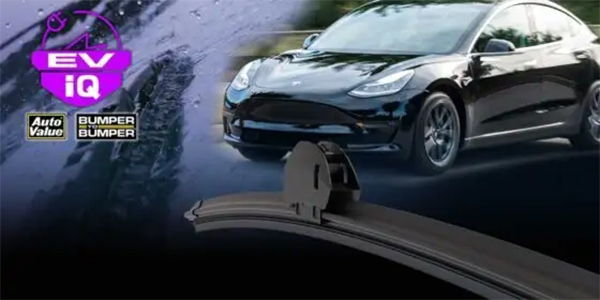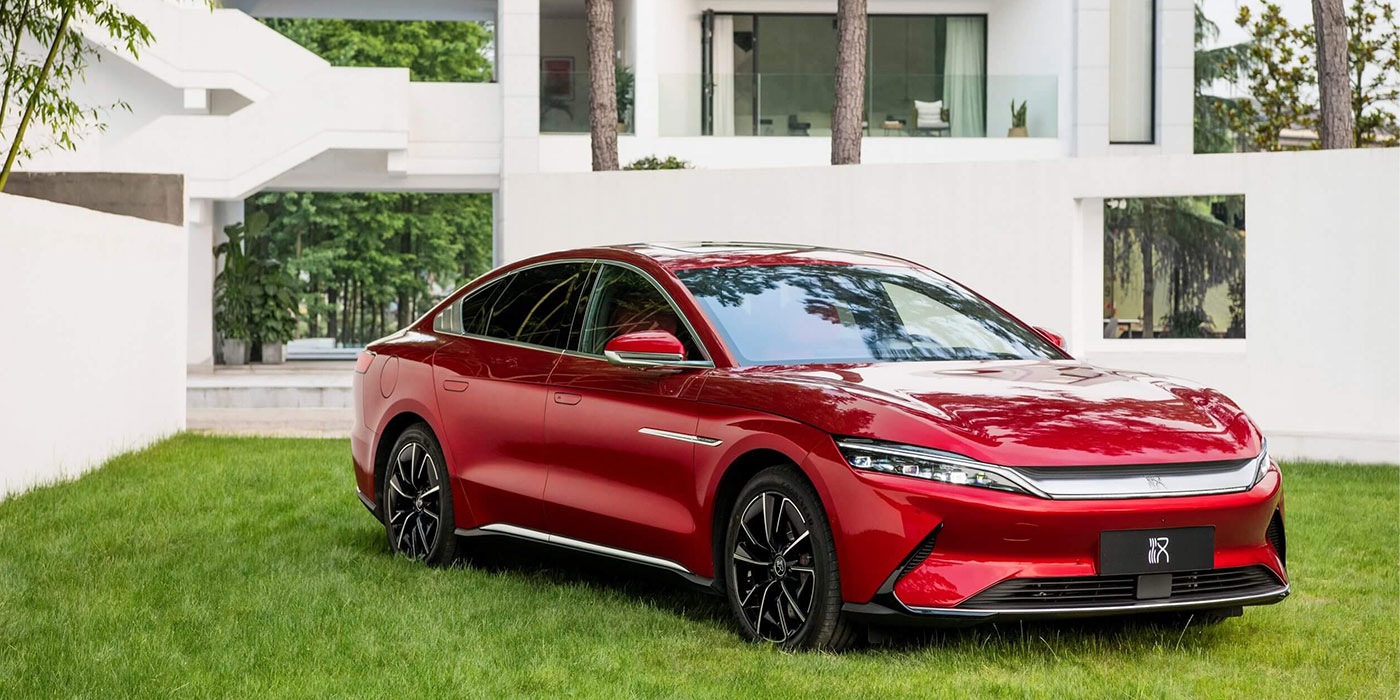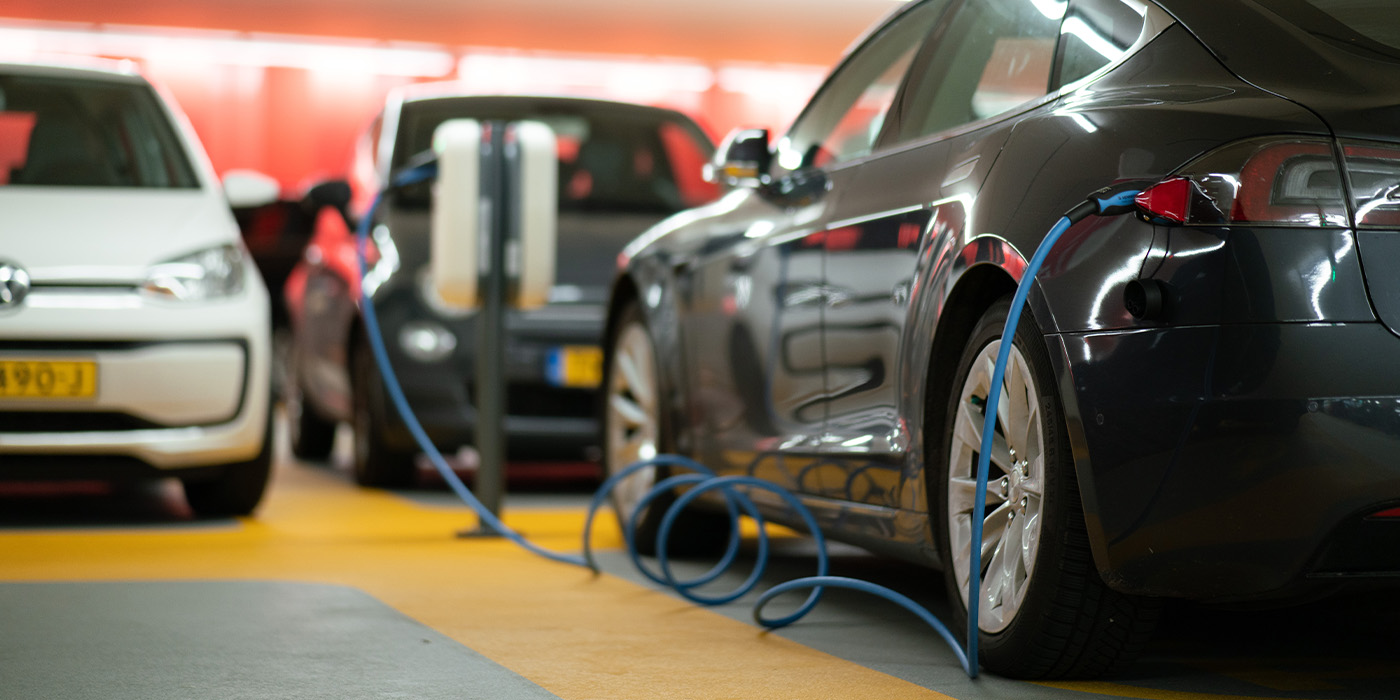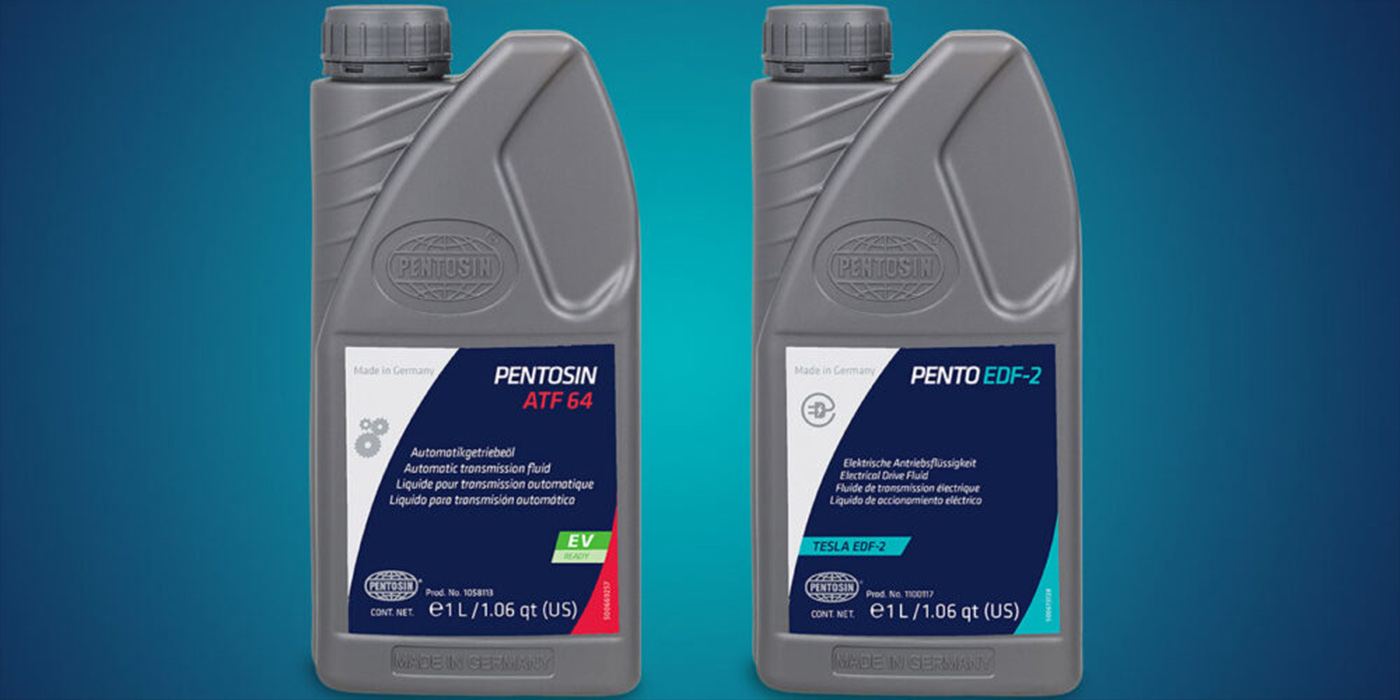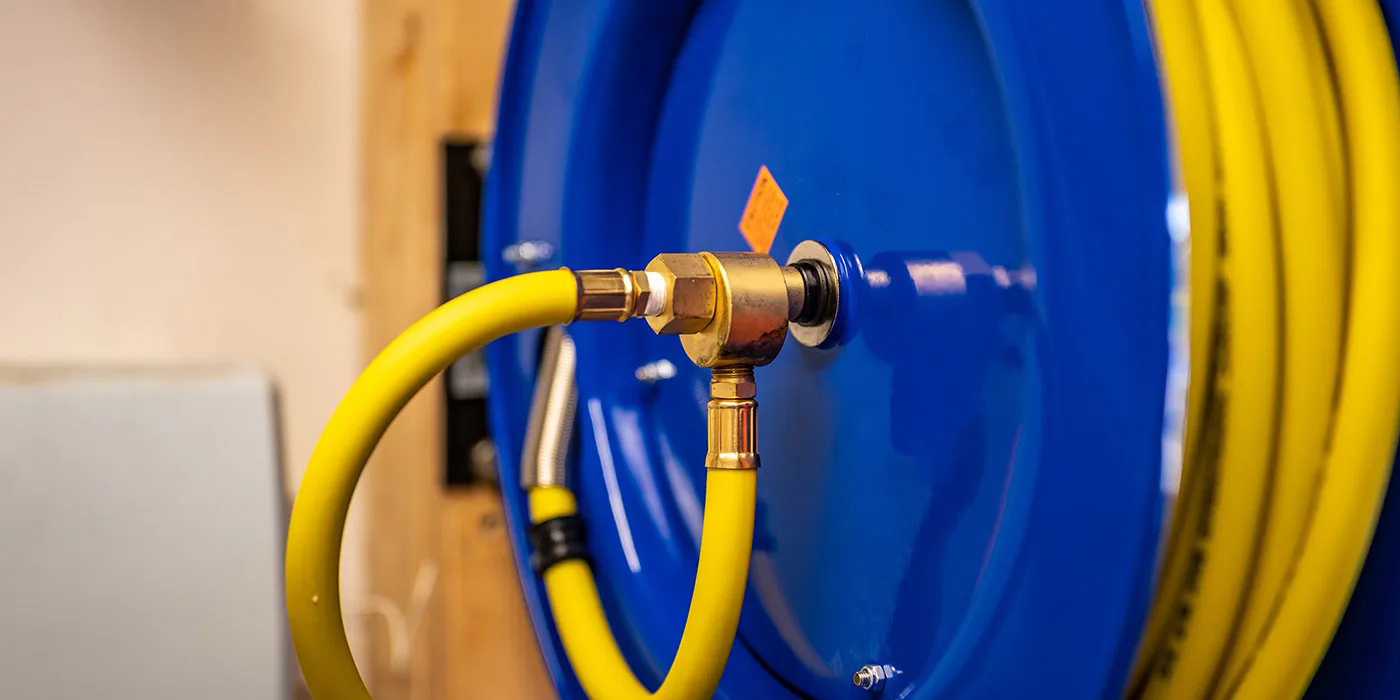Hybrid electric vehicles (HEV) and battery electric vehicles (BEV) and becoming more and more visible – like conventional vehicles, accidents happen and they often end up in collision repair facilities. If you do mechanical repairs for body shops or service these vehicles you should be aware of these safety considerations for your customers, your shop and your employees.
This is Part 2 of a series about the importance of safe practices. In Part 1, I outlined a host of safety considerations, ranging from the need for specialized personal protection equipment (PPE) to how and when to unplug from active charging stations.
No one article can cover all of the HEV/BEV safety considerations inherent in today’s collision repair, so in this article, we’ll dive into two of the most common EV safety topics discussed within the industry: battery precautions and welding safety.
Battery Precautions
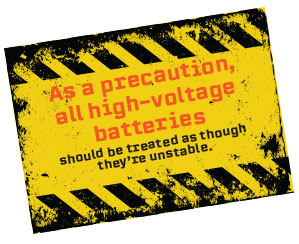
When a HEV or BEV is involved in a collision, there is a chance that the battery and its contents have been compromised. This can pose a major threat for collision repairers. As a precaution, all high-voltage batteries should be treated as though they’re unstable.
As a result of a collision, vehicle components may have been pushed into the battery or high-voltage wiring harness. Technicians should avoid touching any vehicle components that come in contact with the high-voltage battery or wiring harness. The major dangers of damaged batteries and wiring are electrocution and combustion.
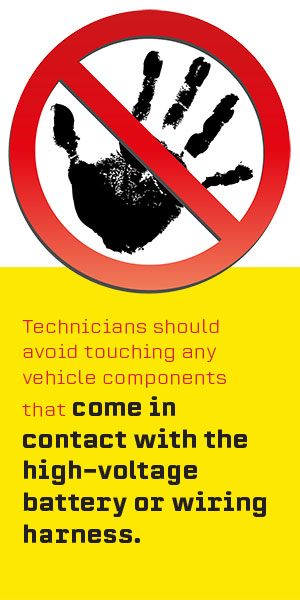
If the battery has been damaged or punctured, the vehicle should be isolated in a place that is at least 50 feet away from other flammable or combustible materials. This is due to some batteries being extremely difficult to extinguish once they’re on fire.
The technician should also place any object that could start the engine or hybrid system away from the vehicle. This means that key fobs and high-voltage battery disconnects should be locked in a container and moved out of range from the vehicle. Always remember that once a high-voltage battery is disabled and discharged, the vehicle should never be rolled on its wheels, as this can generate voltage to the battery system.
To ensure technician safety, proper high-voltage PPE should be used, such as gloves (rubber and leather), boots, face shields and safety glasses. Technicians should always be fully trained and read OEM high-voltage disable procedures and precautions before working on hybrid and electric vehicles.
Welding Safety
When welding on a HEV or BEV, follow the same precautions with the 12-volt system as when welding on a conventional vehicle. In addition, there are precautions to take with the high-voltage battery. As a best practice, disconnect both the 12-volt battery and the high-voltage battery service disconnect. (Note: always disable the high-voltage battery following the automaker’s repair information and follow all safety precautions.)
Keep in mind that there is typically more than one method available for disabling the high-voltage system. The preferred disabling method for repair technicians would be to remove the hybrid battery service disconnect. Also, one way of ensuring safety is to keep any removed fuses, relays or service plugs in your pocket to prevent others from reinstalling them without your knowledge.
A tool that may be used to find the automaker disable procedures for hybrid vehicles is the I-CAR-developed OEM Hybrid and Electric Vehicle Disable Search. Another resource is I-CAR’s Repairability Technical Support (RTS) portal.
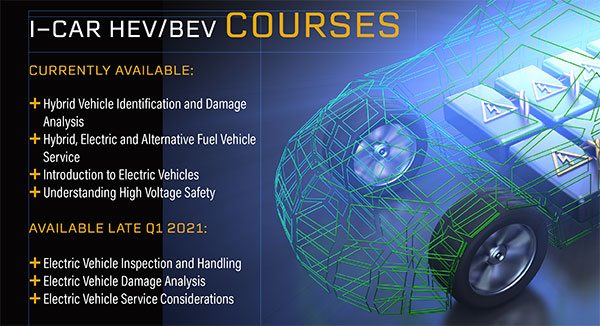
Bud Center has been in the collision industry for 38 years, starting as a technician and then working for an MSO and an insurer. In addition, he has served as administrator of the DEG and a member of the CIC’s Emerging Technology Committee and Talent Pool and Education Committee. Bud joined I-CAR in 2016 and is responsible for the Technical Products and Curriculum team at the I-CAR Tech Center in Appleton, Wis.
This article first appeared in BodyShop Business.

